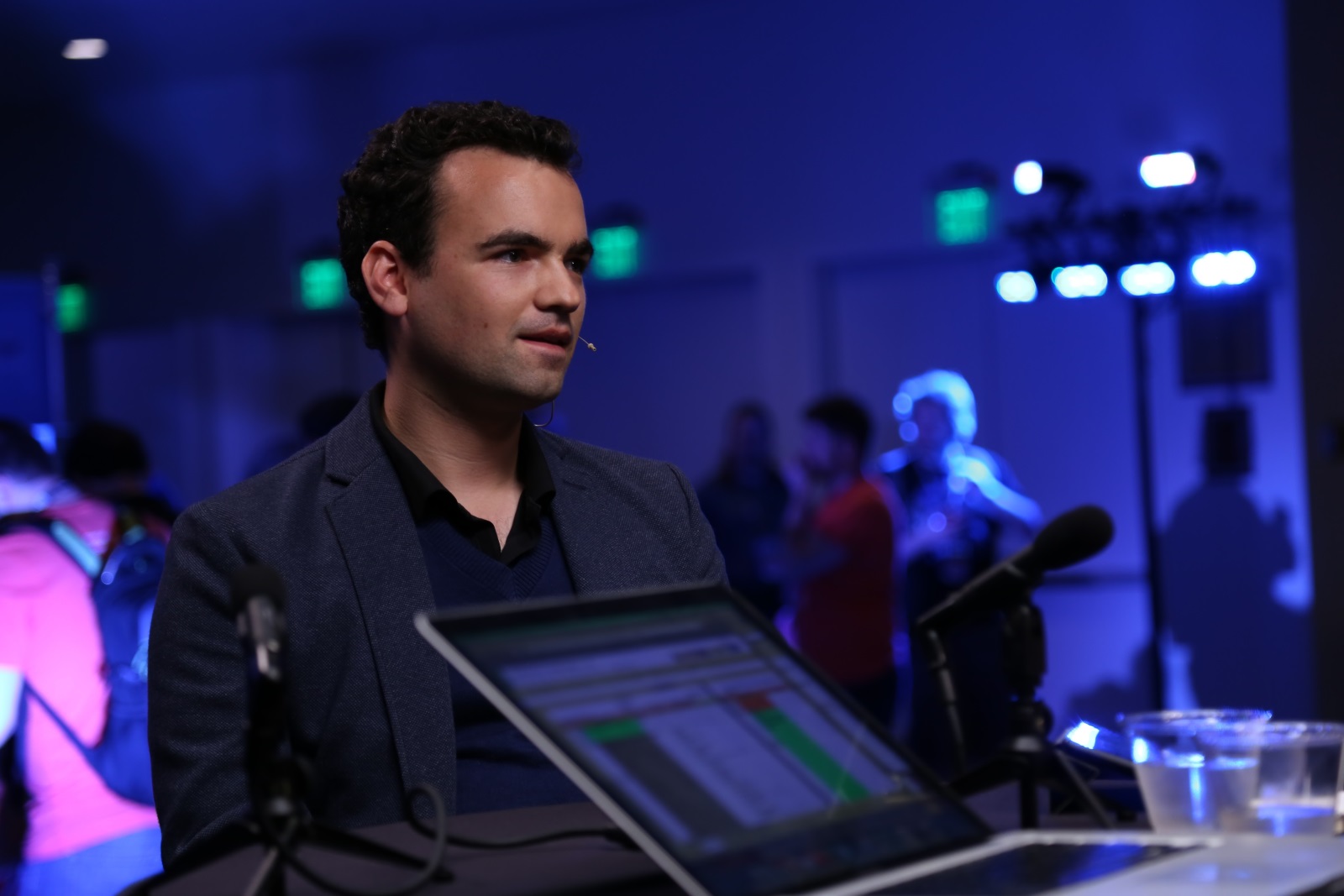 NEWS
NEWS
 NEWS
NEWS
 NEWS
NEWS
At ride-share company Lyft, Inc., new developers get up and running on their first day with the help of Docker. Docker “enables us to crank out features faster, get off engineering’s back and deliver actual customer-facing goods,” said Lyft Software Engineer Matthew Leventi. “We started using Docker in 2014 and have been steadily increasing our adoption rate. So far, it’s been a good ride.”
Leventi told theCUBE during DockerCon that Docker’s microservices architecture offers an advantage over traditional environments.
“It’s great at reducing the barrier to entry to building microservice architecture and distributed systems,” he said. “Once your dev team reaches a certain size, you want to keep it productive, and it’s hard to do that in a monolithic app environment. With Docker, they can test things faster and ship faster.”
Why such a focus on speed? “We have a rapidly evolving marketplace, and we have a tremendous amount of competition,” said Leventi. “Engineering has to be a vehicle for business delivery. Docker aids us in that. We use Docker to enable us to be more competitive.”
Lyft uses Docker in conjunction with Amazon’s AWS Cloud services. “We want to create rides, we want loyal drivers and we want to create a good experience in the car,” said Leventi. “All of the infrastructure on the back end aids that.”
Watch the full interview below, and be sure to check out more of SiliconANGLE and theCUBE’s coverage of DockerCon.
THANK YOU